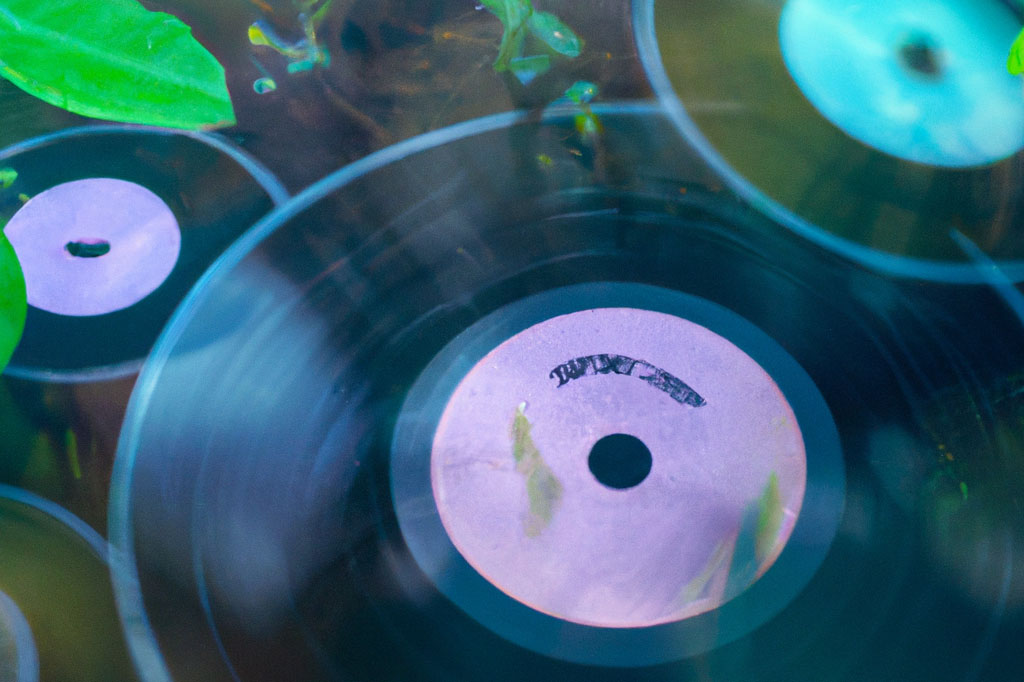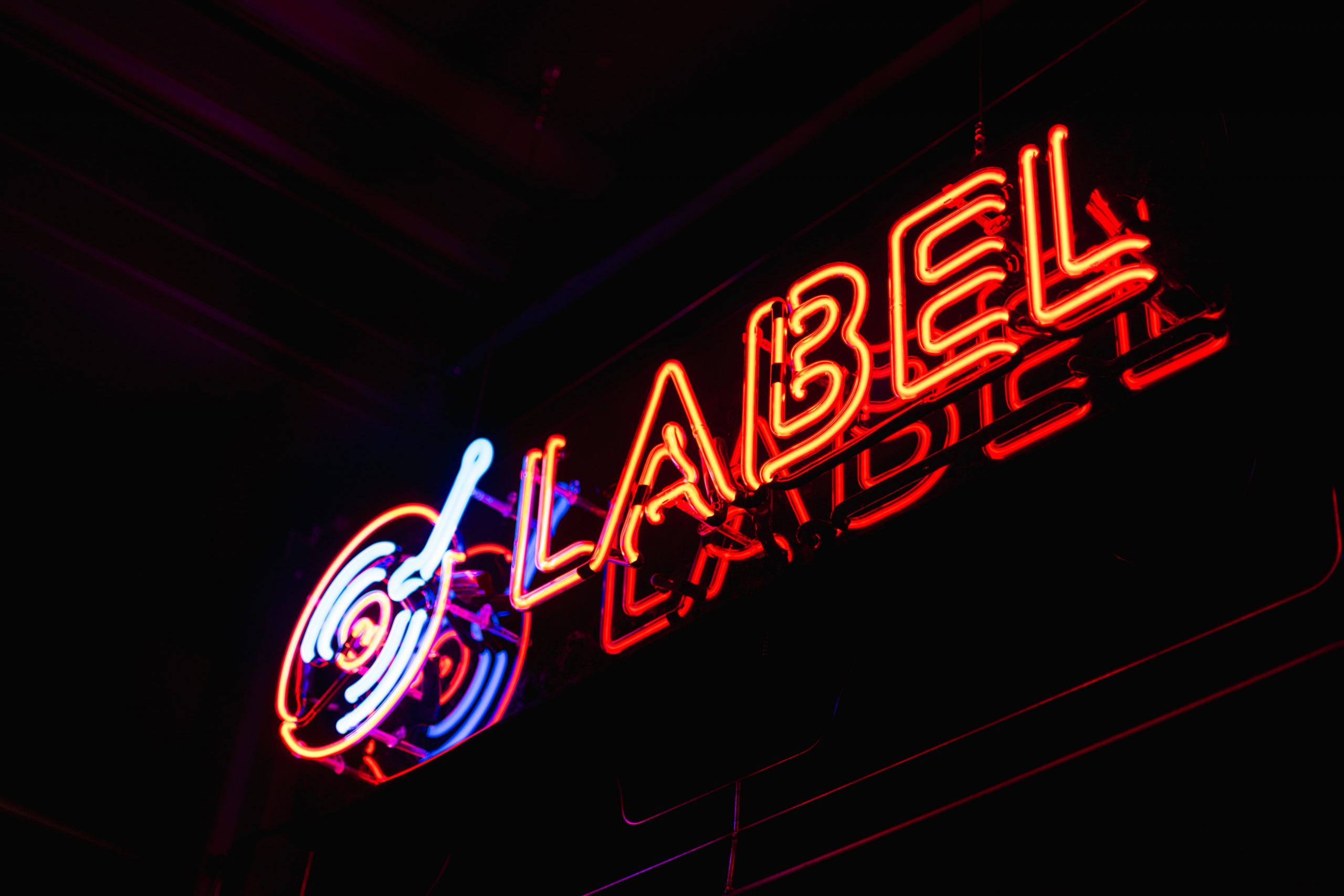Intellectual Property Made Easy: Your Beginner’s Guide to IP in Music
Let’s say you have just written a song or created an album artwork that you’re very proud of. You might worry that if you upload it and make it public, others will copy it and you’ll never be compensated. This is where Intellectual Property, also known as IP, comes in.

Intellectual Property Basics
Intellectual Property (IP) refers to creations of the mind. These include music, code and novels, i.e. every creation with cultural, artistic or scientific value. Intellectual Property is protected by law. This ensures that other people cannot just swoop in and copy the material. Moreover, it ensures that creators are fairly compensated for their work.
You can own the intellectual property of a particular creation if you created it, bought it from the creator or previous owner, or inherited it. You can also own IP if you own a brand whose name or logo could be a trademark. Therefore, intellectual property can be transferred, have multiple owners, and belong to both individuals and businesses.
What are the different types of intellectual property?
According to the World Intellectual Property Organisation, there are six primary types of intellectual property. These are:
Copyrights – Copyright is the right creators have over their work. These include books, music, paintings, film, maps and databases, to name but a few.
Patents – A patent allows the owner to prevent others from using or copying their invention. In exchange for this exclusive right, the patent owner must make the invention’s technical information publicly available.
Industrial designs – An industrial design is the aesthetic aspect of an invention. These include both two-dimensional and three-dimensional features. A brand new guitar shape is an example of an industrial design.
Trademarks – A trademark is a sign that distinguishes a company’s products or services from those of another company. It is a recognisable design, logo or sign that represents the company. The Fender or Gretsch logos are a good example of trademarks in the music industry.
Geographical indications – A geographical indication is a type of IP that connects a product to a specific geographical location. In these cases, the name of the place is included in the product name. Scotch Whisky and Gouda Holland are two examples of common geographical indications.
Trade secrets – Trade secrets are a type of intellectual property right protecting confidential information. This gives an individual or company a competitive edge over others. Some examples of trade secrets are Coca-Cola’s recipe and the Google Search algorithm.
Final notes
If you’re a musician or an artist – you’re essentially an inventor. Therefore, you need to protect your intellectual property. Copyrighting your work protects you from legal issues and ensures you are compensated for your efforts.






